BEING AT the top of the food web carries real ecological responsibilities. And I’m not talking about you or me. I’m talking about certain members of the order Carnivra, the meat eaters.
By contrast, some of our own Primate order are herbivores: The Gorilla, like that apocryphal Panda, eats shoots and leaves. Other primates are omnivores: Some of us even eat anchovy pepperoni jalapeño pizza.And, indeed, the particular carnivores I have in mind are described in “Status and Ecological Effects of the World’s Largest Carnivores,” an article in Science, publication of the American Association for the Advancement of Science, January 10, 2014. An abstract, structured abstract and editor’s summary are available to non-AAAS members at http://goo.gl/DTJko1.
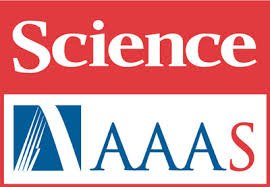
The predators of the study are, alphabetically, the Dingo (Canis dingo), Eurasian lynx (Lynx lynx), Gray wolf (Canis lupus), Leopard (Panthera pardus), Lion (Panthera leo), Puma (Puma concolor) and Sea otter (Enhydra lutris). Each is what’s called a keystone species, whose presence affects an ecosystem more than its numbers suggest.
Another way to arrange these carnivores is shown below.
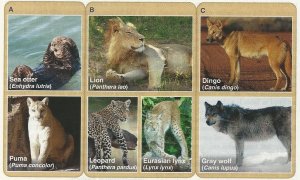
These keystone species have varied means of affecting the ecology. Image from Science, January 10, 2014.
Column A predators are part of what ecologists
call tri-trophic cascades, from large predator to prey to plants. Those
in column B are involved in mesopredator cascades, from large predator
to those of middle size to smaller. Those in column C exhibit either
behavior, generating both tri-trophic and mesopredator cascades.
A lioness at MalaMala Game Reserve, adjacent to Kruger National Park, South Africa. See http://wp.me/p2ETap-sI.
The gray wolf is one of the world’s most widely distributed and widely studied mammals. Over the years, its range has been reduced by one-third because of habitat fragmentation and being hunted.
Wolves, however, play a crucial ecological role in balancing the number of species lower in their food web. Without this predation, these populations of deer and other species overrun areas and invariably face starvation.
As a tri-trophic/mesopredator species, the wolf affects its environment in many ways. Image from Science, January 10, 2014. Click for larger size.
The sea otter was hunted to near-extinction during the Pacific maritime fur trade of the 18th and 19th Centuries. See http://wp.me/p2ETap-VI. More recently, it has recovered along the U.S., Canadian and Russian seacoasts, thus offering a case study of this predator’s keystone function in its food web.
A sea otter has a buffet of sea urchins. Image from the Vancouver Aquarium, www.vanaqua.org.
As sea otter populations change, there can be abrupt shifts between kelp-dominated and urchin-dominated conditions.
In summary, the researchers offer a strong argument that conservation of carnivores at the top of the food web is essential for the health of their respective ecosystems. They suggest a two-pronged approach. First, there’s a need for increased understanding of the interplay among species. Second, there’s a moral obligation, a recognition of the intrinsic value of all species.
source

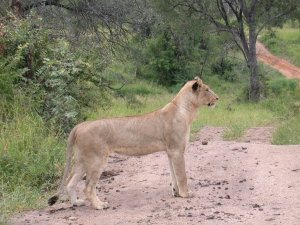
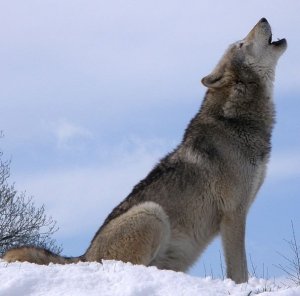

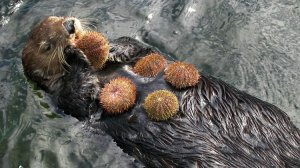
No comments:
Post a Comment